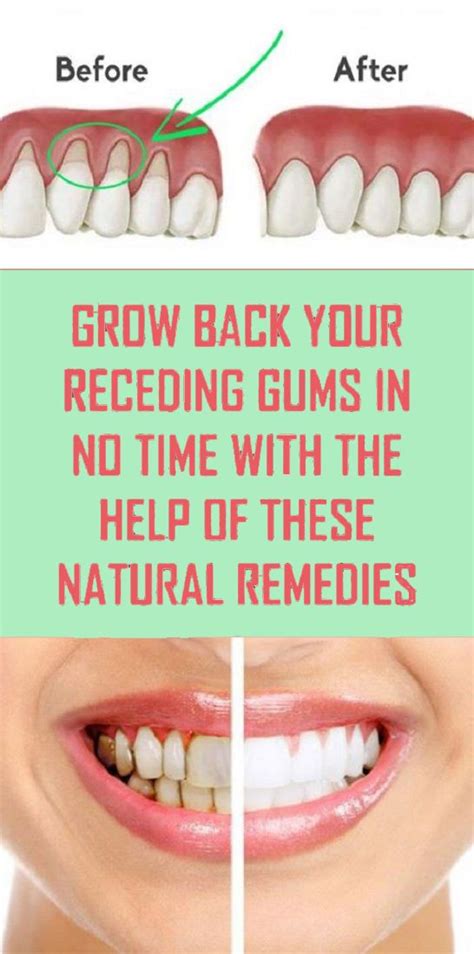Unlocking Faster Gum Graft Healing: A Comprehensive Guide
Gum grafts, also known as gingival grafts, are surgical procedures used to treat gum recession, a condition where the gum tissue pulls back, exposing the tooth roots. While effective, the healing process can be lengthy and sometimes uncomfortable. This comprehensive guide explores various factors influencing healing time and offers strategies for accelerating recovery.
What is a Gum Graft?
Before diving into faster healing, let's understand the procedure itself. A gum graft involves taking tissue from another area of the mouth (usually the palate) or using a synthetic material and transplanting it to the area with gum recession. This procedure helps protect exposed tooth roots, improve aesthetics, and prevent further gum recession. The type of graft used (e.g., free gingival graft, connective tissue graft, pedicle graft) impacts the healing process, with some offering faster recovery than others. Your periodontist will determine the best approach based on your individual needs.
How Long Does Gum Graft Healing Typically Take?
The healing period following a gum graft varies depending on several factors, including the patient's overall health, the type of graft used, post-operative care, and the extent of the surgery. Generally, initial healing, characterized by the formation of new tissue and reduced inflammation, takes around 2-3 weeks. Complete healing, where the graft is fully integrated and the gums are strong and healthy, can take several months, sometimes up to six months or longer.
What Factors Influence Gum Graft Healing Time?
Several factors significantly impact the speed of gum graft healing. Understanding these factors is crucial for optimizing recovery.
-
Type of Graft: Different graft techniques have varying healing times. Connective tissue grafts, for instance, often heal faster than free gingival grafts because they are less likely to experience shrinkage.
-
Patient's Overall Health: Individuals with underlying health conditions like diabetes or compromised immune systems might experience slower healing. Good overall health is essential for optimal healing.
-
Smoking: Smoking significantly impairs wound healing by reducing blood flow and compromising the immune system. Quitting smoking before and after the procedure is vital for faster recovery.
-
Post-Operative Care: Diligent adherence to the periodontist's instructions regarding oral hygiene, medication, and dietary restrictions is crucial for minimizing complications and promoting faster healing.
-
Extent of the Surgery: Larger or more complex grafts naturally require more time to heal.
How Can I Speed Up My Gum Graft Healing?
While the healing process is largely biological and takes time, proactive measures can significantly improve the rate of recovery and minimize discomfort.
-
Meticulous Oral Hygiene: Maintaining impeccable oral hygiene is paramount. Gentle brushing and rinsing with prescribed mouthwash help prevent infection and promote healthy healing. Avoid aggressive brushing near the graft site.
-
Following Dietary Guidelines: Your periodontist will provide dietary recommendations. Generally, a soft food diet for the first few days to weeks is advised to avoid irritating the graft site.
-
Medication Adherence: Taking prescribed pain relievers and antibiotics as directed is essential for pain management and infection prevention.
-
Avoiding Smoking and Alcohol: These substances severely hinder healing and should be strictly avoided.
-
Regular Follow-up Appointments: Attending all scheduled follow-up appointments allows the periodontist to monitor healing progress and address any potential complications promptly.
What are the Signs of Gum Graft Complications?
While rare, complications can arise. It's crucial to know the signs to seek immediate medical attention:
- Excessive Bleeding: Persistent or heavy bleeding is a cause for concern.
- Severe Pain: Intense or worsening pain that is not controlled by medication.
- Signs of Infection: Increased swelling, redness, pus, or fever.
- Grafted Tissue Detachment: Noticeable loosening or detachment of the grafted tissue.
Are There Natural Ways to Promote Faster Gum Graft Healing?
While scientific evidence supporting specific natural remedies for faster gum graft healing is limited, maintaining a healthy diet rich in vitamins and antioxidants can generally support the healing process. A diet high in fruits, vegetables, and protein contributes to a strong immune system, crucial for optimal healing. Always discuss any supplements or alternative treatments with your periodontist before implementing them.
By understanding the factors influencing healing time and actively participating in post-operative care, you can significantly improve the chances of faster and smoother recovery following a gum graft. Remember, communication with your periodontist is key throughout the process. They can provide personalized advice and address any concerns you may have.

